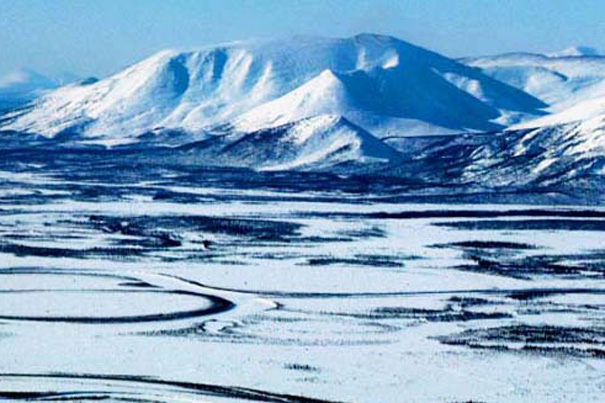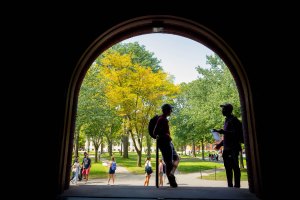Science & Tech
-

Cracking the code of why, when some choose to ‘self-handicap’
New research also offers hints for devising ways to stop students from creating obstacles to success

-
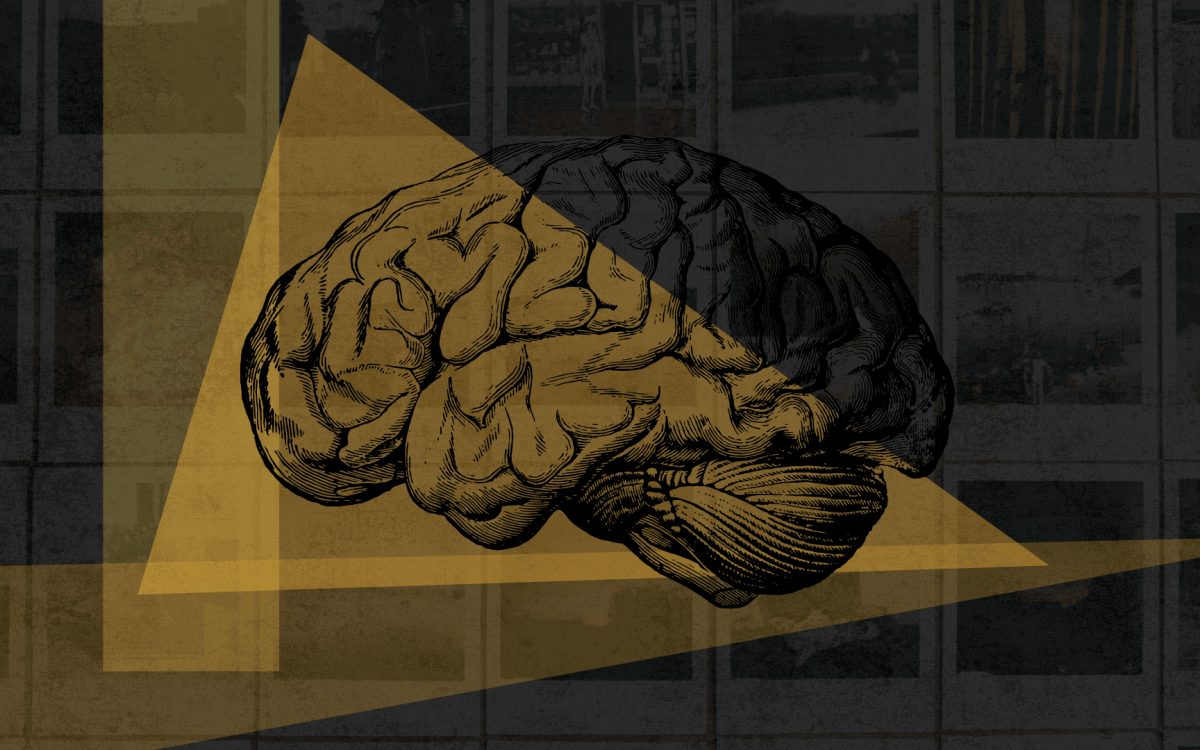
How memory works (and doesn’t)
In podcast, scientists explain why remembering is more reconstruction than replay
-

Mapping our deep-rooted relationship with medicinal plants
Regions with longer histories of human settlement tend to have greater variety, study finds
-
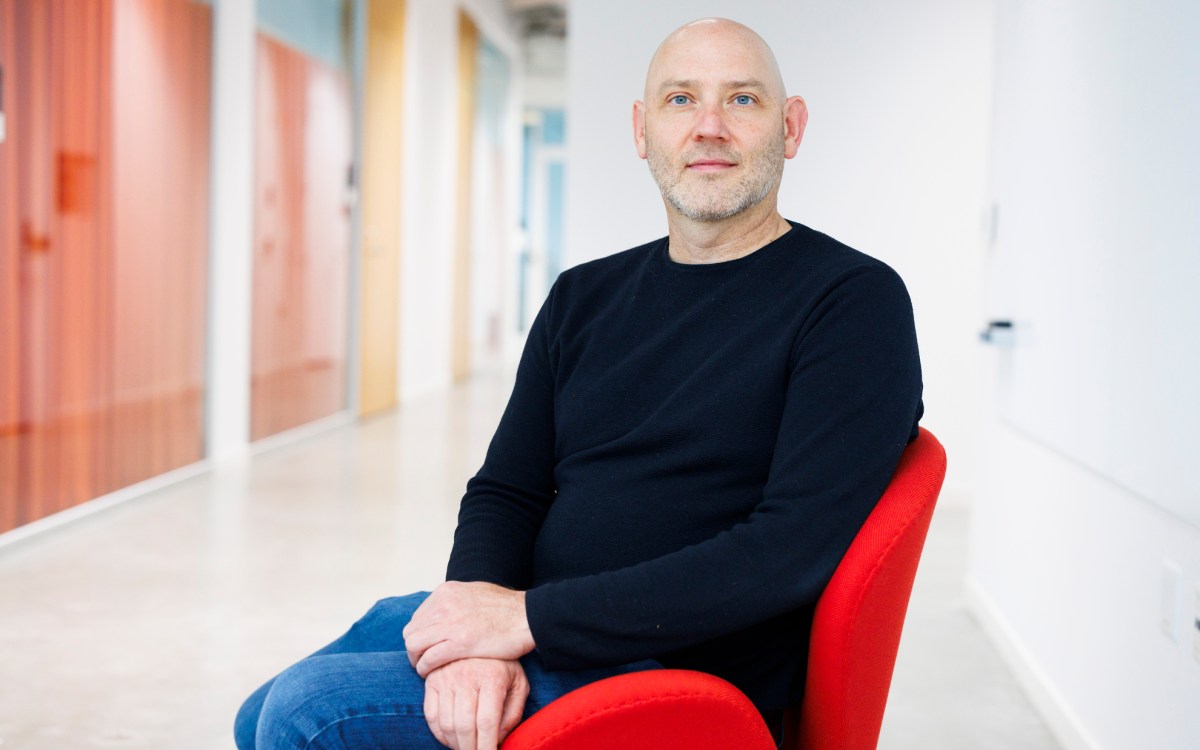
Technically, it’s possible. Ethically, it’s complicated.
Surge in AI use heightens demand for Harvard program that examines social consequences of computer science work
-
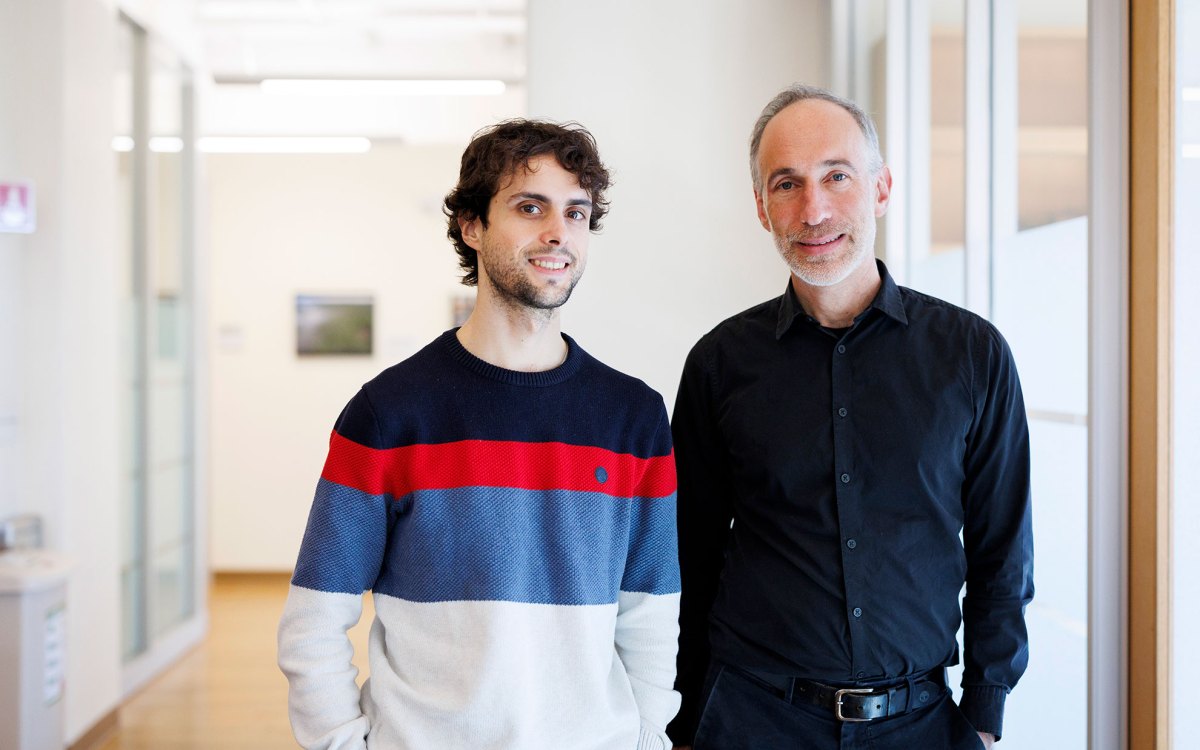
Solving mystery at tip of South America
Study finds previously unknown ancient lineage of indigenous people, which gave rise to surprisingly diverse mix of cultures

-
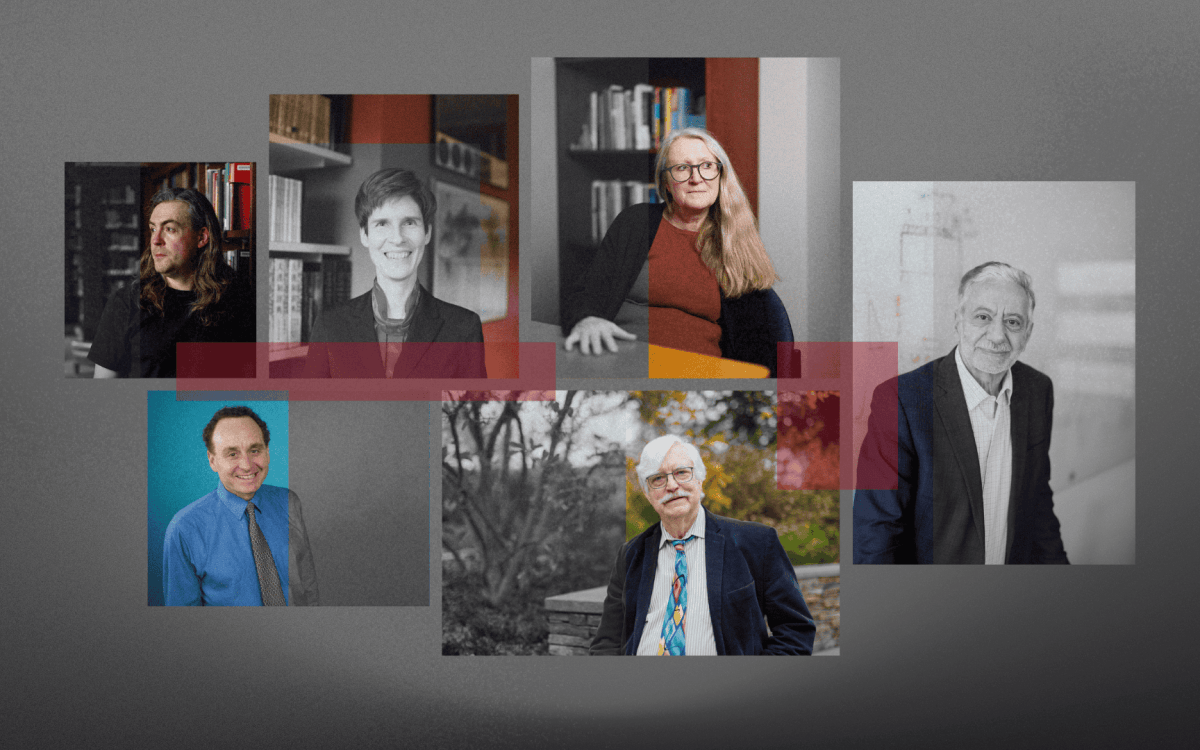
Is AI dulling our minds?
Experts weigh in on whether tech poses threat to critical thinking, pointing to cautionary tales in use of other cognitive labor tools
-
When microbes make the food
A Harvard Summer School class spurs learning through food, by examining how microbes — bacteria and fungi — can help as well as harm when they get into food, doing much of the work preparing cheeses, beer, soy sauce, and even chocolate.
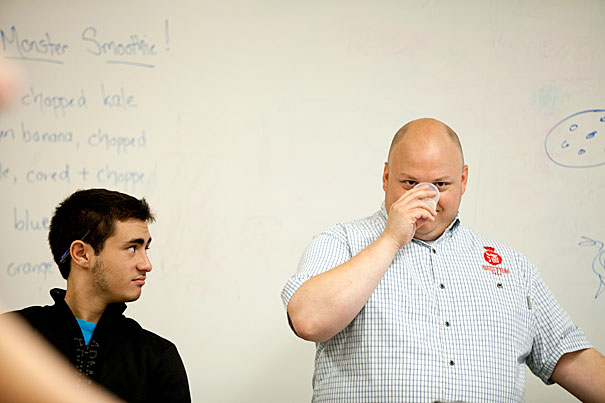
-
Airborne pollutants lead a double life
Researchers at Harvard University and the University of British Columbia (UBC) have provided visual evidence that atmospheric particles — which are ubiquitous, especially above densely populated areas — separate into distinct chemical compositions during their life cycle.
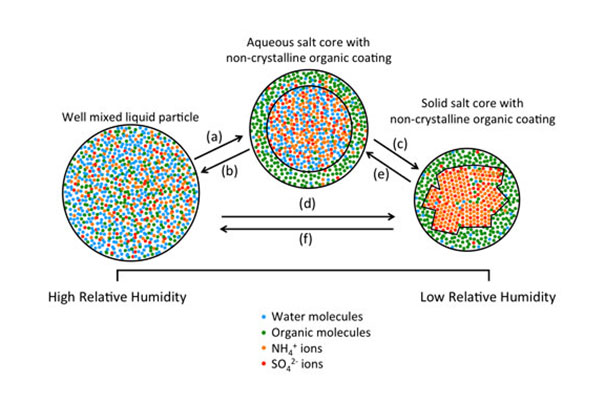
-
Concerns about climate change, health
A team of researchers led by James G. Anderson, the Philip S. Weld Professor of Atmospheric Chemistry, warns that a newly discovered connection between climate change and depletion of the ozone layer over the U.S. could allow more damaging ultraviolet (UV) radiation to reach the Earth’s surface, leading to increased incidence of skin cancer.
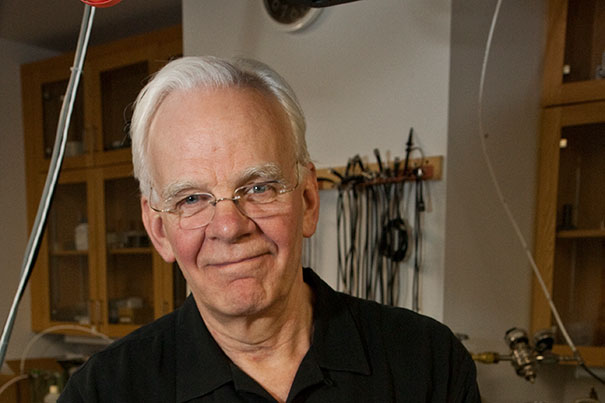
-
Stages of superconductivity
Harvard physicists say they have unlocked the chemical secret that controls the “fool’s gold” of superconductivity, a “pseudogap” phase that mimics, but doesn’t have all the advantageous properties of, superconductivity.
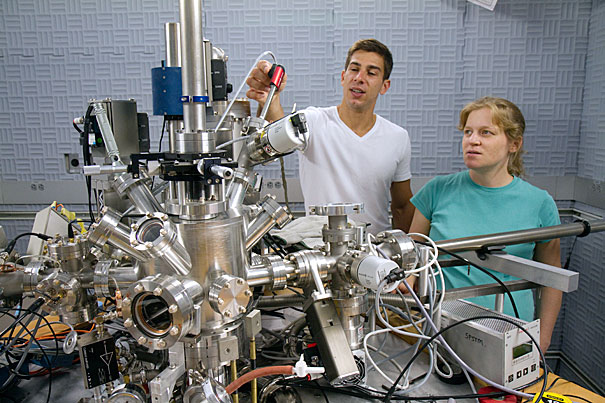
-
Mystery of Native Americans’ arrival
Research led by scientists at Harvard and University College London has shown that Native Americans arrived in three waves of migration, not one, as is commonly held and that at least one group returned home to Asia.
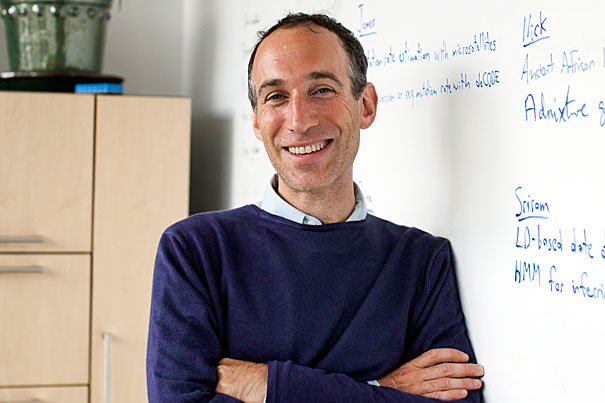
-
NaCl to give way to RockSalt
A team led by Harvard computer scientists, including two undergraduate students, has developed a new tool that could lead to increased security and enhanced performance for commonly used Web and mobile applications.
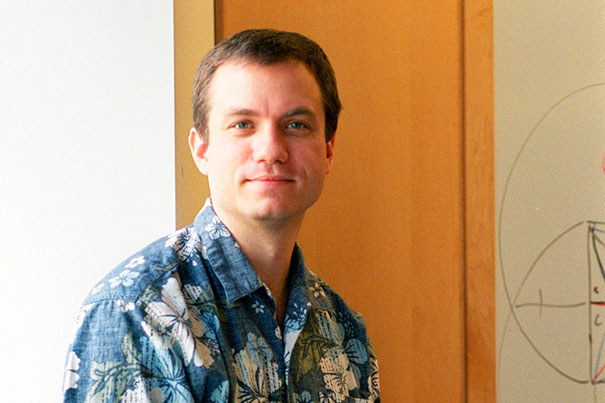
-
Smart suit improves physical endurance
Harvard’s Wyss Institute for Biologically Inspired Engineering announced that it has received a $2.6 million contract from the Defense Advanced Research Projects Agency (DARPA) to develop a smart suit that helps improve physical endurance for soldiers in the field.
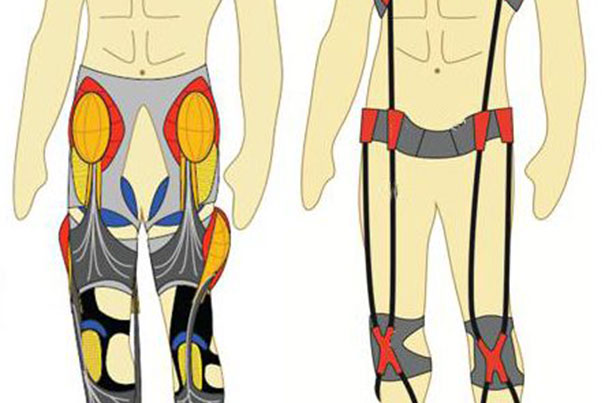
-
When the beat goes off
Rhythm research has implications for both audio engineering and neural clocks, said Holger Hennig, a postdoctoral fellow in the laboratory of Eric Heller in the Physics Department at Harvard, and first author of a study of the Ghanaian and other drummers in the journal Physics Today.

-
To clean up the mine, let fungus reproduce
Harvard-led researchers have discovered that an Ascomycete fungus that is common in polluted water produces environmentally important minerals during asexual reproduction.
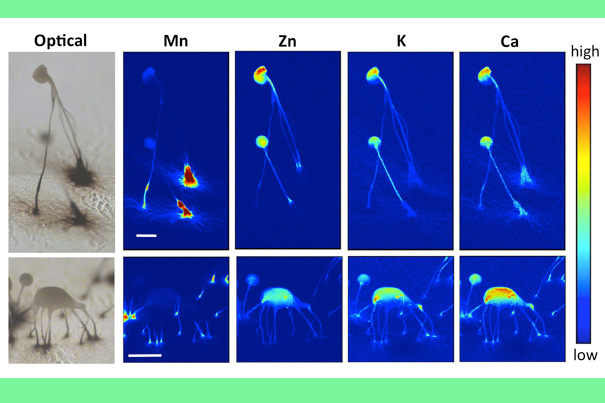
-
Helping hunt for the Higgs
For decades, it has been the holy grail of particle physics, an elusive subatomic particle that offered the tantalizing possibility of explaining how much of the universe works. Billions of dollars have been spent in the search for it. Thousands of researchers — including dozens from Harvard — have conducted trillions of experiments as part of the hunt for its telltale signature.
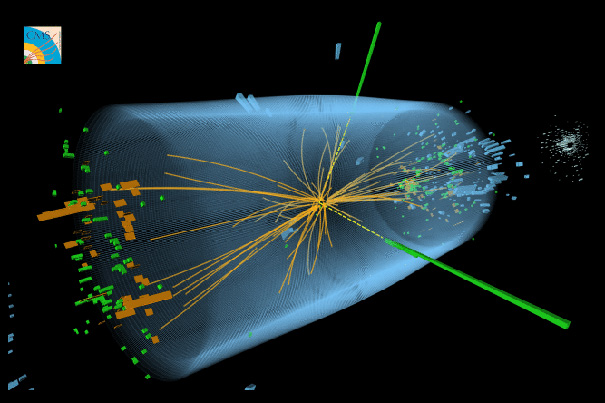
-
Carbon counter
Atmospheric scientists at the Harvard School of Engineering and Applied Sciences (SEAS) and Nanjing University have produced the first “bottom-up” estimates of China’s carbon dioxide (CO2) emissions, for 2005 to 2009, and the first statistically rigorous estimates of the uncertainties surrounding China’s CO2 emissions.

-
Quantum computing, no cooling required
Using a pair of impurities in ultra-pure, laboratory-grown diamonds, researchers have created room-temperature quantum bits and have stored information in them for nearly two seconds — an increase of nearly six orders of magnitude over the life span of earlier systems. The work, described in the June 8 issue of Science, is a critical first step in the eventual construction of a functional quantum computer, as well as a host of other potential applications.
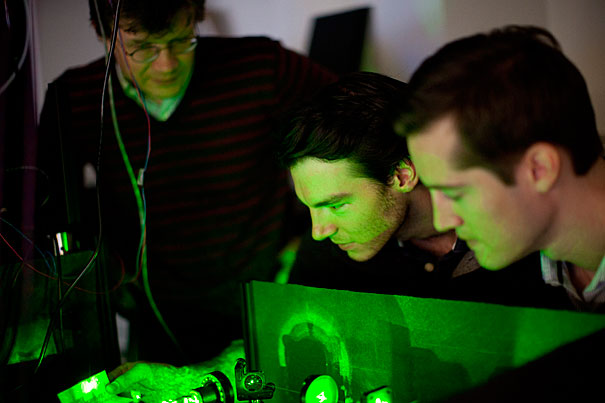
-
Images from long ago or far away
A new exhibition at the Peabody Museum of Archaeology and Ethnology traces the development of photography and its use in anthropology from the beginnings of both fields in the 1800s to the present.

-
Fuel cell keeps going after hydrogen runs out
Materials scientists at Harvard have demonstrated that a solid-oxide fuel cell (SOFC), which converts hydrogen into electricity, can also store electrochemical energy like a battery. This fuel cell can continue to produce power for a short time after its fuel has run out.
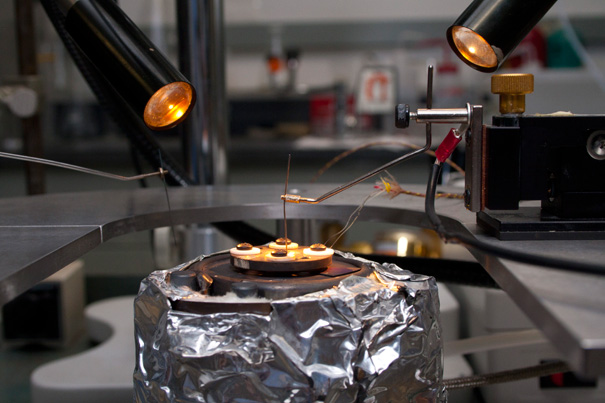
-
Planet probe
In a paper published in the June 7 issue of Nature, Associate Professor Sujoy Mukhopadhyay presents evidence that the Earth’s deep mantle incorporated gas found in the solar nebula in the first few millions of years of the solar system’s formation.
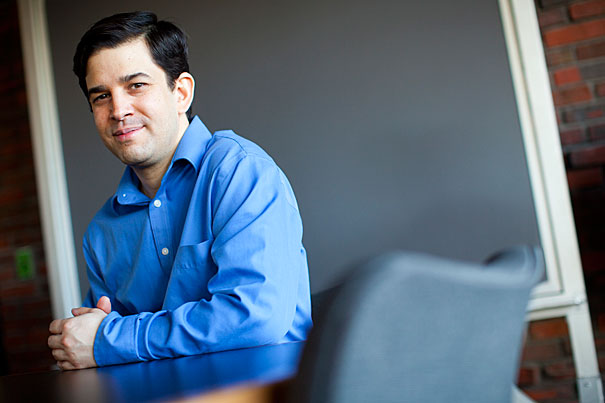
-
Desert mystery
In a talk at Harvard’s Semitic Museum, archaeologist Robert Mason described the discovery of mysterious rock formations near an ancient monastery in Syria.

-
Now, ice won’t stick
A Harvard team of researchers has invented a way to keep any metal surface free of ice and frost. The treated surfaces quickly shed even tiny, incipient condensation droplets or frost, simply through gravity.
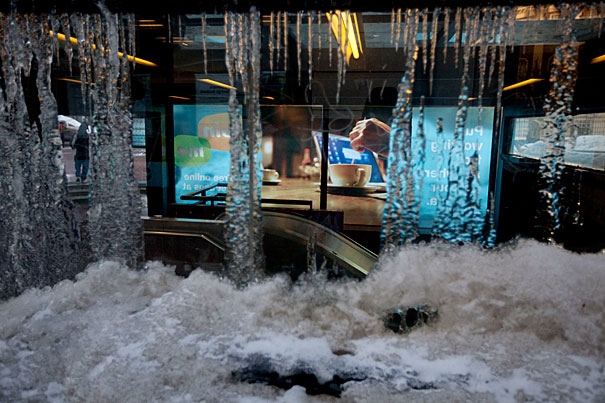
-
Using nature to inspire robotics
The annual symposium of the Wyss Institute for Biologically Inspired Engineering, held at Harvard Medical School, prompted a spirited discussion on robotics and medicine, with nature as a model.
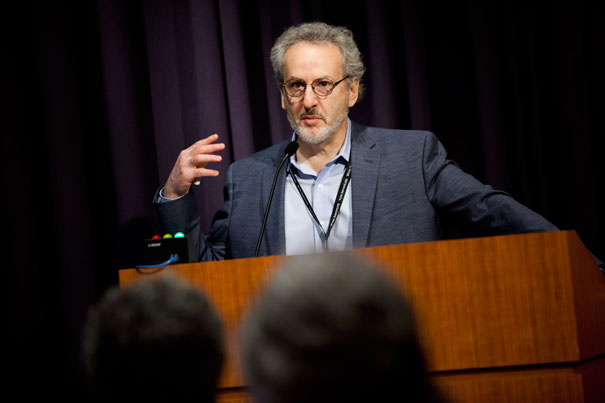
-
Touch, drag, learn
Research by computer scientists, biologists, and cognitive psychologists at Harvard, Northwestern, Wellesley, and Tufts suggests that collaborative touch-screen games have value beyond play.
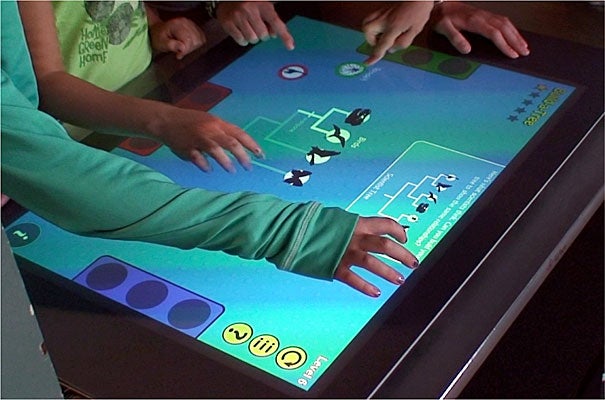
-
A Milky Way cooling its jets
Harvard-Smithsonian Center for Astrophysics’ astronomers have detected for the first time jets of gamma rays extending thousands of light years from the Milky Way’s core, confirming expectations based on observations of other galaxies.
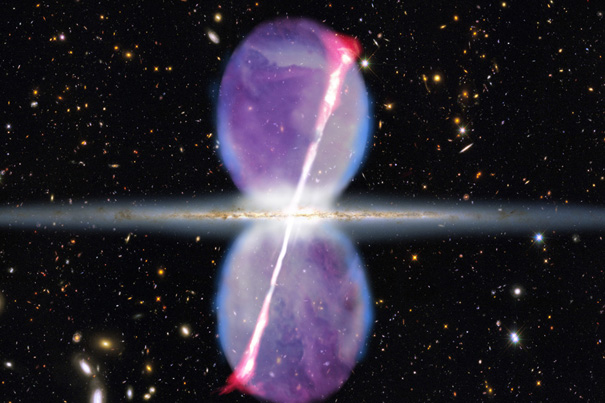
-
Exploring edX 1.0
MIT’s Anant Agarwal, who is the first president of edX, shared early results from the new online education venture’s first pilot course at the second annual Harvard IT Summit.
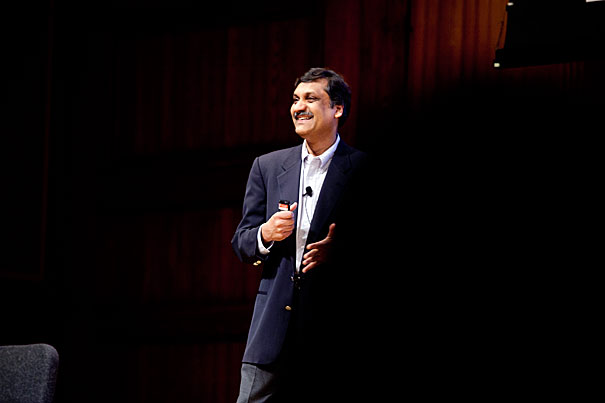
-
Harvard Athletics sports solar panels
On the roof of the Gordon Indoor Track and Tennis building, workers installed rooftop solar panels as part of what has become Harvard’s largest solar energy project. It is part of Harvard’s commitment to sustainability and its goal to reduce greenhouse gas emissions 30 percent by 2016 (from a 2006 baseline).
-
President’s Challenge
A business idea born in a Harvard classroom to improve the delivery of vaccines in developing countries has been selected as the grand prize winner of the Harvard University President’s Challenge for social entrepreneurship.
-
Safer cataract surgery at hand
A new, highly innovative, computer-based simulation tool, the Massachusetts Eye and Ear Infirmary (Mass. Eye and Ear) Cataract Master, bridges the learning gap that residents and ophthalmologists new to phaco must navigate prior to performing actual surgery.
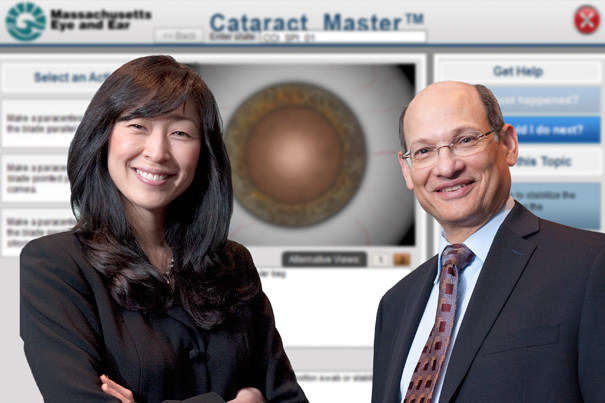
-
A new master’s program
Harvard will offer a master’s degree in computational science and engineering.
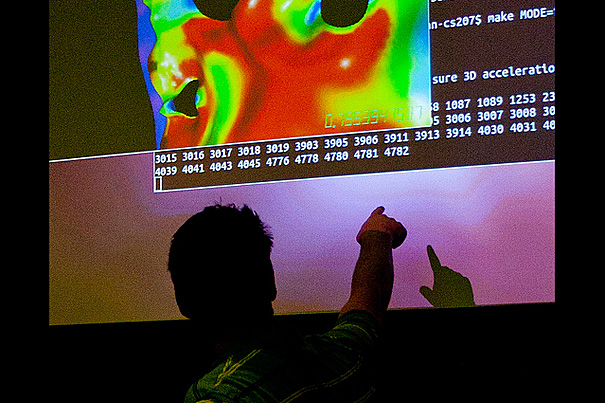
-
Straight to the source
As described in an April 23 paper in the Proceedings of the National Academy of Sciences (PNAS), graduate students Eric Morrow and Carling Hay demonstrate the use of a statistical tool called a Kalman smoother to identify “sea level fingerprints” — telltale variations in sea level rise — in a synthetic data set. Using those fingerprints, scientists can determine where glacial melting is occurring.
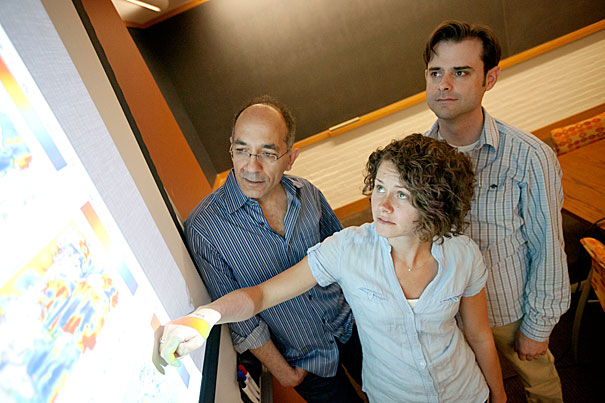
-
Meticulous design
A recent SEAS workshop emphasized comprehensive planning, cultural awareness, and a holistic approach to design in developing solutions to global problems.
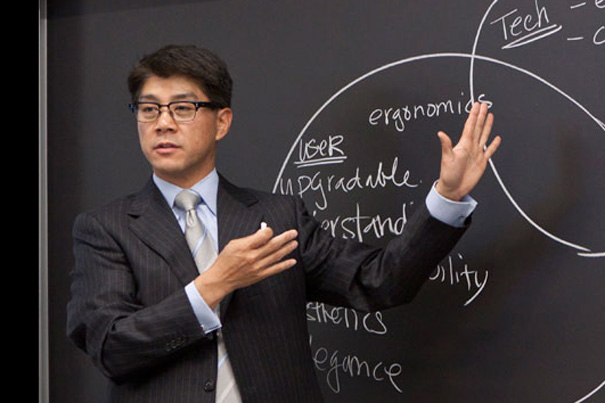
-
Using DNA as bricks and mortar
Researchers at Harvard’s Wyss Institute for Biologically Inspired Engineering have figured out how to use short lengths of DNA as physical, rather than genetic, building blocks, creating letters and other shapes from the molecules in a proof of design that could one day lead to the creation of structures that, among other things, deliver drugs to disease sites.
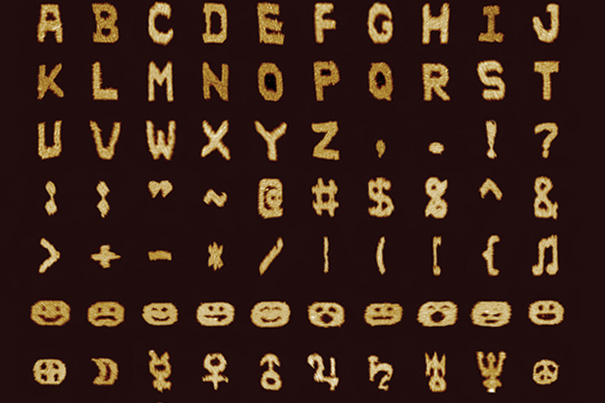
-
The last dance between Venus and the sun
Before 2004, the most recent Venus transit occurred more than a century ago, in 1882, and was used to compute the distance from the Earth to the sun. On June 5, 2012, another Venus transit will occur. Scientists with NASA’s Kepler mission hope to discover Earth-like planets outside our solar system by searching for transits of other stars by planets that might be orbiting them. The next Venus transit: Dec. 11, 2117.

-
Toxic mercury springs from a hidden source
Environmental scientists at Harvard have discovered that the Arctic accumulation of mercury, a toxic element, is caused by both atmospheric forces and the flow of circumpolar rivers that carry the element north into the Arctic Ocean.
